
We have been wandering the streets and parks of Barcelona now for almost 4 weeks. For those of you who have been here, you know this city is not short on narrow, twisty, alluring streets that take you past old gothic churches and lead to beautiful, secret little plazas dwarfed on all sides by old buildings. I am amazed to see the ornate iron on the balconies going up at least 6-stories high knowing this place influenced so many architects and designers. As I look up at the balconies, decorated with potted plants or laundry hanging out to dry, I enjoy imagining the lives that are lived in those tiny spaces.
At eye level, reminding me that it is indeed 2016, graffiti decorates many of the rolling, steel doors that lock up a business for the day or sometimes just the hour. In fact, I really have no idea how these businesses sustain themselves. There is no way to take the same route twice through the Gothic or El Born districts. How do people remember which twisty street that small boutique was on? How do people keep track of the seemingly random closing times? Between vacations, holidays and siesta we had a hard time keeping up with each establishment’s schedule. Our friend advised us to always call before heading out to ensure they are open (something we keep forgetting to do!).
 One thing I do understand and know for certain; I can feel the sense of community in this huge sprawling city and the sense of nostalgia that is creeping into my heart. Even in the chilly January weather, one can see Barcelonans and visitors sitting outside to enjoy the food, the scene and each other. Each restaurant or café has drawn the boundaries of their space on the plaza with heaters, tables and umbrellas. Sometimes it is difficult to tell one restaurant from the next, but who cares? It’s more about the ambience, and the ability to be a part of the community. The little butcher shops are loud with friendly employees chatting with the customers and customers chatting with each other. The
One thing I do understand and know for certain; I can feel the sense of community in this huge sprawling city and the sense of nostalgia that is creeping into my heart. Even in the chilly January weather, one can see Barcelonans and visitors sitting outside to enjoy the food, the scene and each other. Each restaurant or café has drawn the boundaries of their space on the plaza with heaters, tables and umbrellas. Sometimes it is difficult to tell one restaurant from the next, but who cares? It’s more about the ambience, and the ability to be a part of the community. The little butcher shops are loud with friendly employees chatting with the customers and customers chatting with each other. The  organized chaos of the bakery is a sight to behold as you wait in line, sometimes out the door, to purchase the still warm baguettes or our favorite, chocolate croissants. I still don’t know how the staff or other patrons keep straight who is next in line but I have never felt slighted or ignored. You can hear the echo of children’s laughter bouncing off the buildings while they play on the playground (found in almost every plaza), a signal that the importance of kids in the community equation is not forgotten. At restaurants, people seem to linger over their meals engulfed in conversation. The wait staff leaves you alone until you signal your need for something. Perhaps it is because they are not solely concerned about tips and possess an understanding that the food is secondary.
organized chaos of the bakery is a sight to behold as you wait in line, sometimes out the door, to purchase the still warm baguettes or our favorite, chocolate croissants. I still don’t know how the staff or other patrons keep straight who is next in line but I have never felt slighted or ignored. You can hear the echo of children’s laughter bouncing off the buildings while they play on the playground (found in almost every plaza), a signal that the importance of kids in the community equation is not forgotten. At restaurants, people seem to linger over their meals engulfed in conversation. The wait staff leaves you alone until you signal your need for something. Perhaps it is because they are not solely concerned about tips and possess an understanding that the food is secondary.

Párc de la Ciutadella is a large park that is located just at the edge of the El Born district and Barceloneta. It houses the zoo, several museums, fountains, a lake and many nature trails. The community feeling is palpable here, too. There are groups of people greeting each other with kisses on each cheek, chatting, playing music or just lounging in the grass. I don’t know why this seems so foreign to me as you can probably find this scene in many parks all around the world but for some reason it feels different here. It seems to come from the energy of creativity that I can feel as I watch the group of tap dancers in a raised pavilion trading rhythms with each other and the many different artists drawing crowds by their African drumming, juggling or unicycle riding. Maybe it is the group of young men doing tricks on their slack lines who take notice Mackenzie’s interest and convince her to hop on and try that makes community feel different and more approachable here.
Many of the artists in the parks are just practicing their gifts while others are trying to earn money. My favorite community-building entrepreneurs are the bubble-makers. These folks have made giant bubble wands out of two sticks connected by several loops of thick string. They dip the loops into their tub of soapy water and then gracefully pull it through the air letting the breeze make big beautiful bubbles that draw every child within a 2-acre radius to them. The hat of the bubble-maker sits nonchalantly on the dirt next to them awaiting the loose change of the on-looking parents, who are smiling at their children and sharing the joy of this scene with each other.
These wandering observations get my mind to thinking about the people we love back in Colorado. Like those conversations I overhear in the plazas as we pass through, I can hear myself engaged in loud conversations with my girlfriends over wine and tapas. The wish to be shopping with my mom and sister or sharing the amazement of Gaudi’s architecture with my Dad floats through my mind with each day’s discoveries. My youngest, Quinn, has been tearful the last couple of days. She says she is missing her family at home. Mackenzie is less expressive of her homesickness, but I know she misses her friends and family too.
The holidays could be the culprit of the blues; my kids have always been surrounded by lots of family at Christmastime. December 23rd marked the third-month anniversary of our departure; perhaps it is the “three-month blues”. My therapist persona speaks to me and reassures me that these cravings for home are a normal part of being away. If it weren’t, there wouldn’t be so many songs written on the subject. Emotion rises and falls, this is its natural pattern. I haven’t read every travel article out there yet but those I have say nothing about this part. Maybe I’m weird. Maybe other traveling families do not experience these same emotions.
Are we are all getting sick of spending everyday together with no one else to provide different stimulation? However, even as I contemplate that question I have the laughter of Mackenzie and Jacob reverberating in my ears from their recent stop-in-front-of-each-other-while-walking game. Their bond is deepening beyond measure. I know Jacob is starved for this kind of connection after graduate school and work took up much of his time for the last 6 years. Travel articles may not talk much about the occasional feelings of isolation but they do talk about the family bonding, or “travel-bonding.” The constant togetherness with little or no break has given us time to build on the friendship part of the parent-child and sister relationships. Planning itineraries, solving problems, sharing in amazements as a family has created a self-confidence in our daughters that is truly breathtaking to watch. They move through the metro, putting their tickets in the machine, leading us to the right station with heads high, shoulders back and eyes bright. Jacob and I share the knowing that we created this space for us all and that brings us closer too.
The world is not all butterflies and roses nor is it all wasps and weeds.
We can hold both the light and the dark. I can teach my kids to hold both too. Hold both the desire to see Omi and Popa or Grandma and Grandpa AND the desire to walk through the amazing Sagrada Familia or the Catacombs of Paris. The lesson of living with ambivalence is priceless and strengthens our psyche. Right now, as I write this I am acknowledging the longing, holding it, comforting it and when my girls feel it too, I get to physically comfort that and then give our family a call; to reestablish those connections that fuel us and strengthen us. Then we get to feel the excitement of our upcoming trip to Paris. Make a plan of what we will see, where we will stay, people we will meet and what we will eat. Maybe my longing is not so much to be home, but to have the people at home with us, sharing these experiences too.



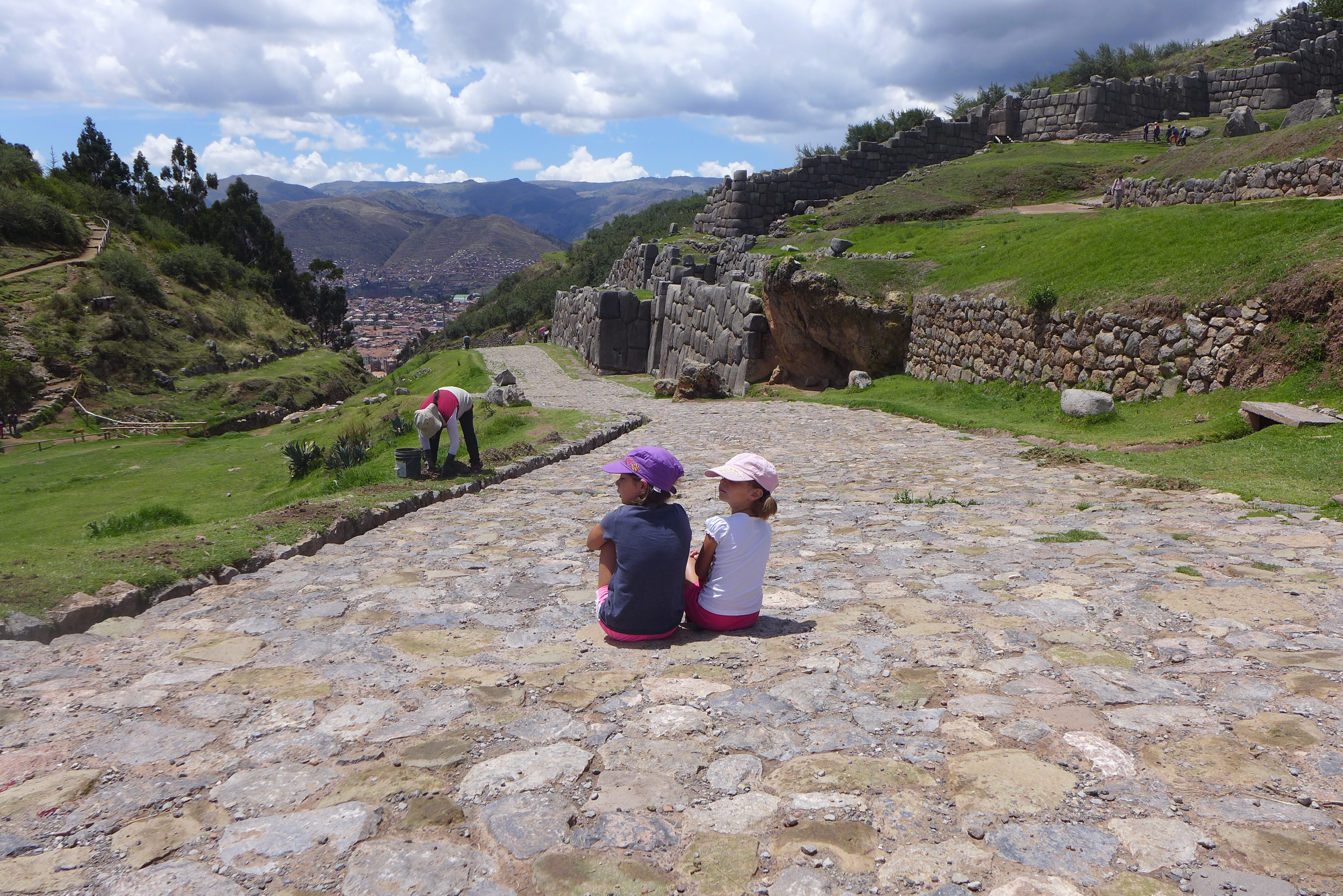




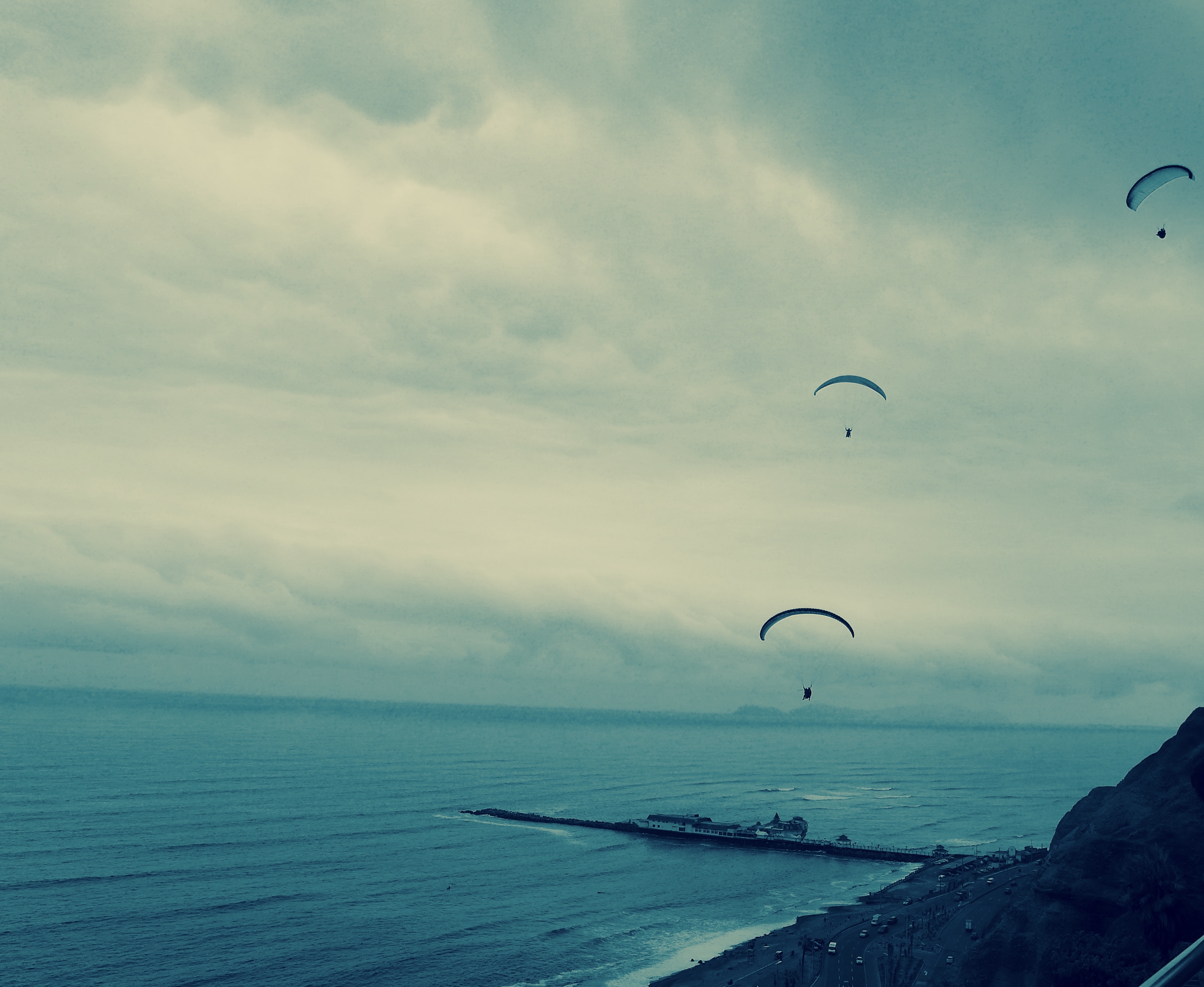


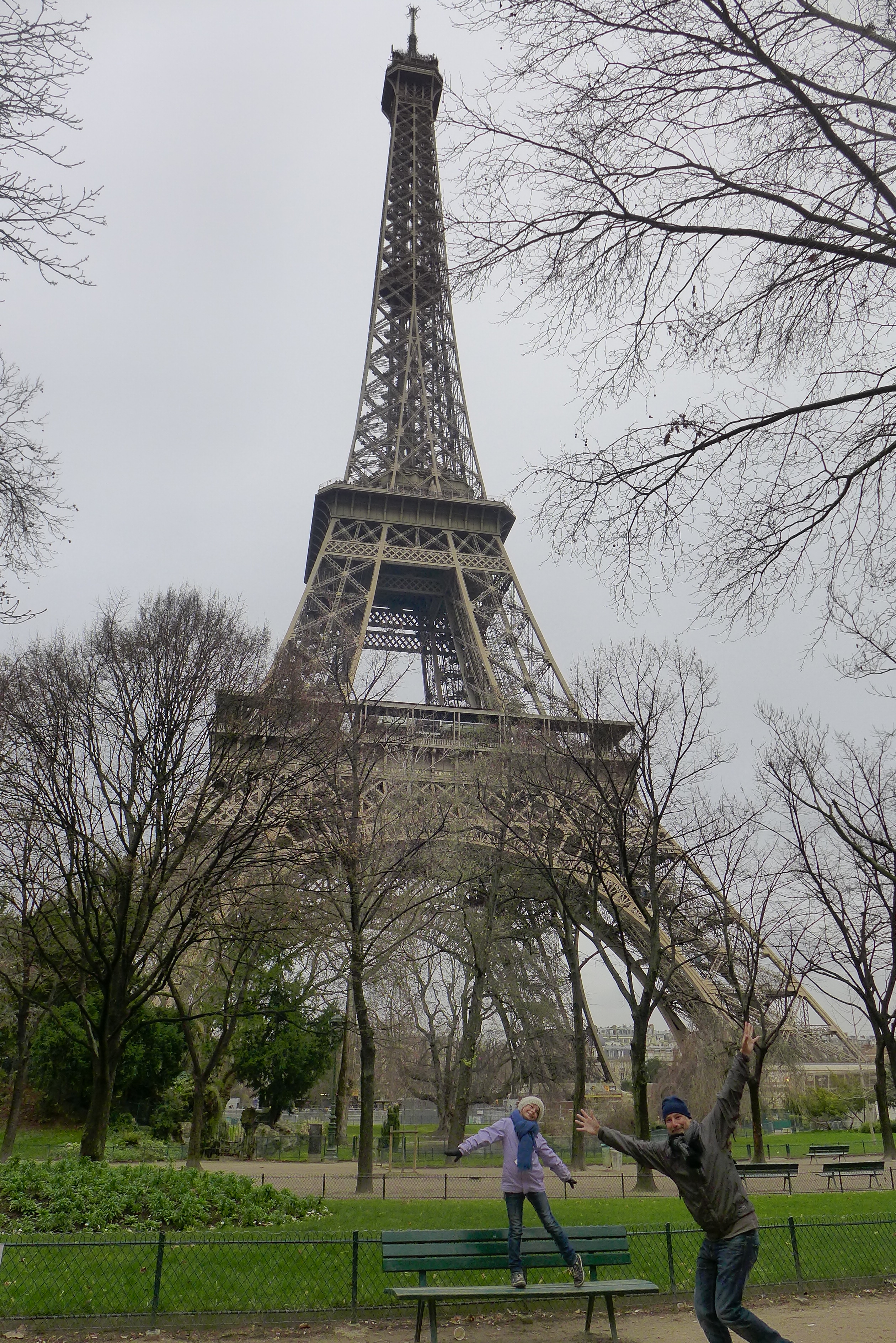





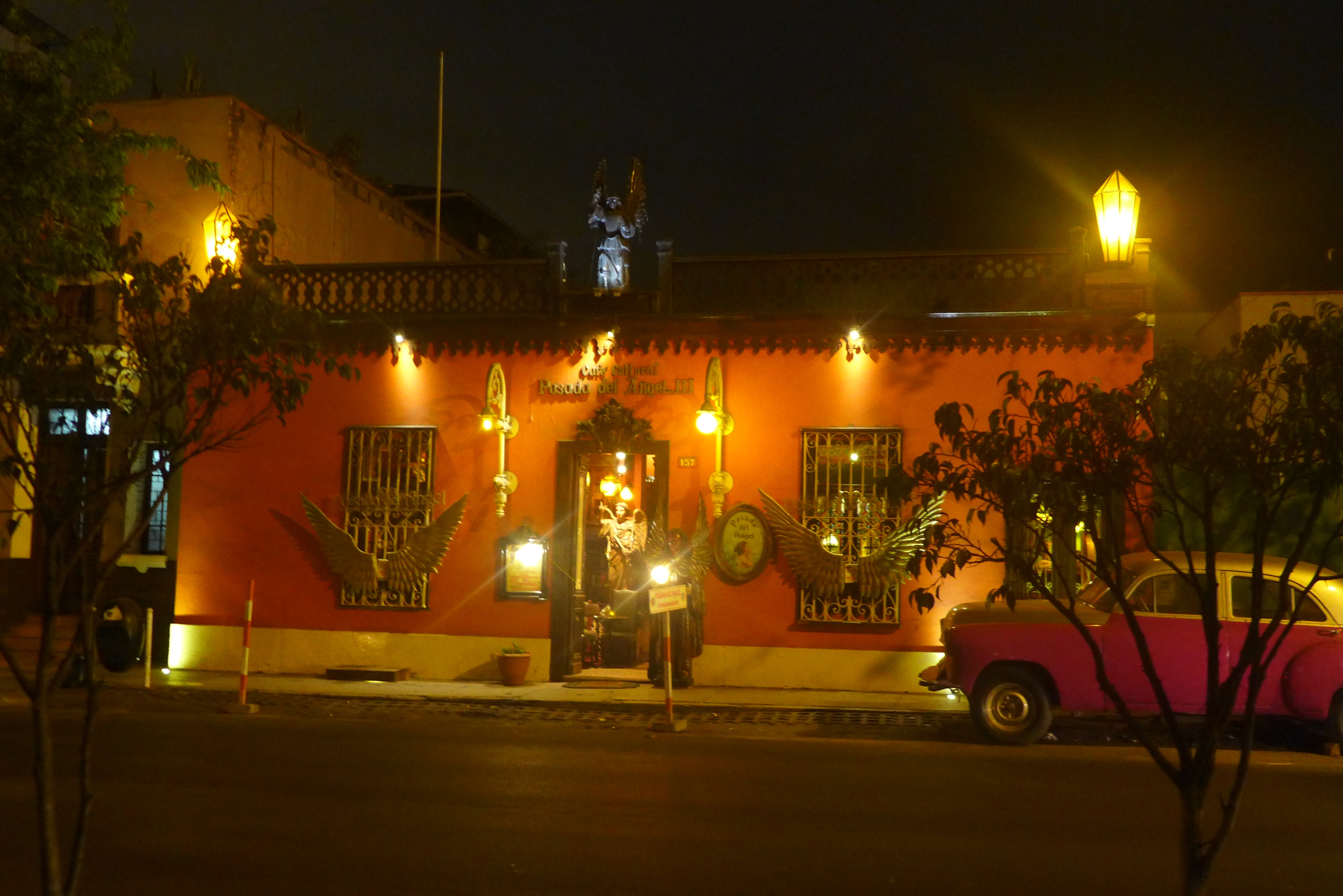


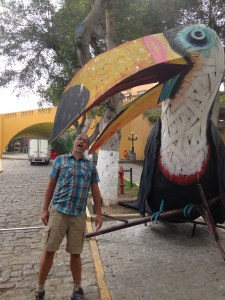
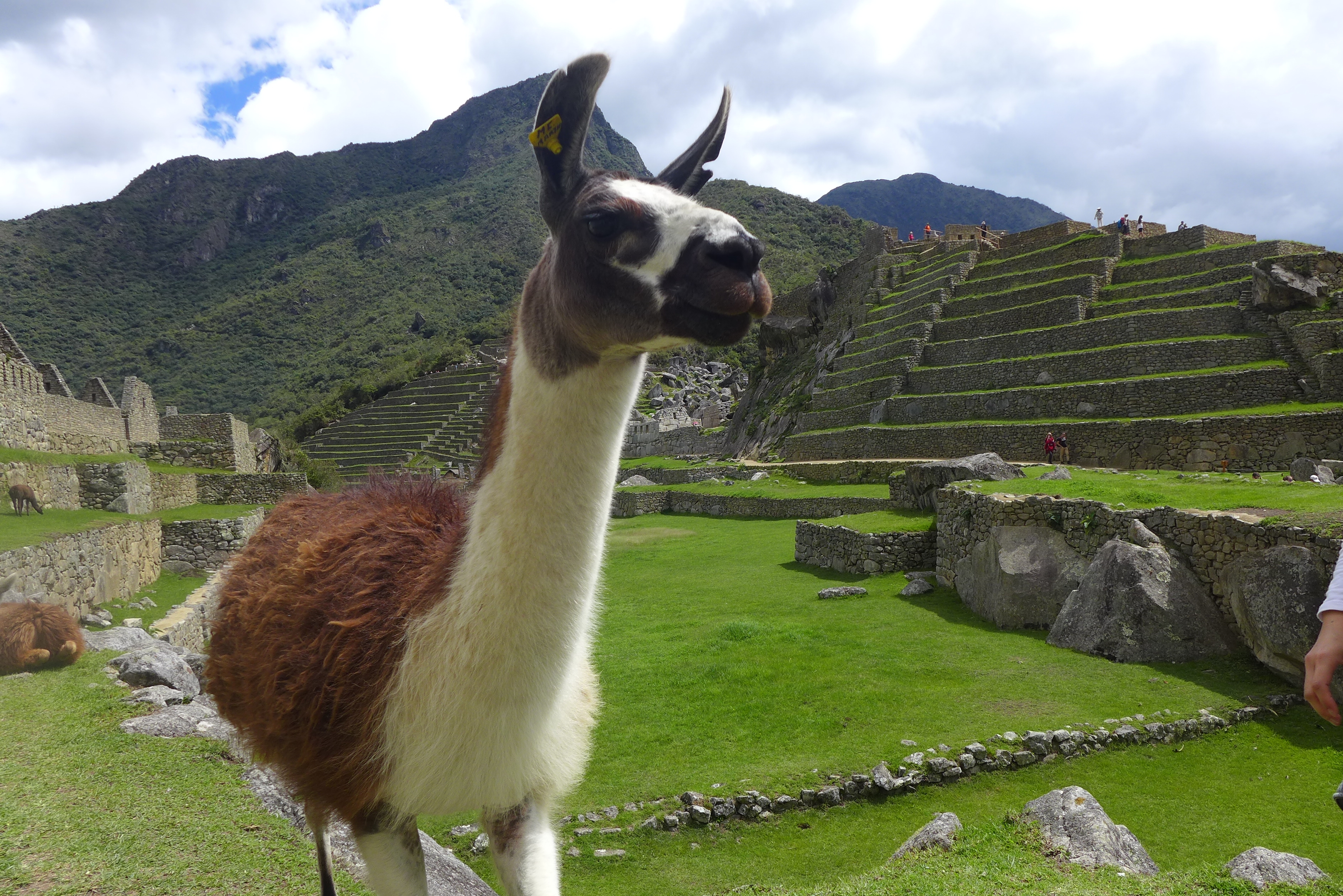




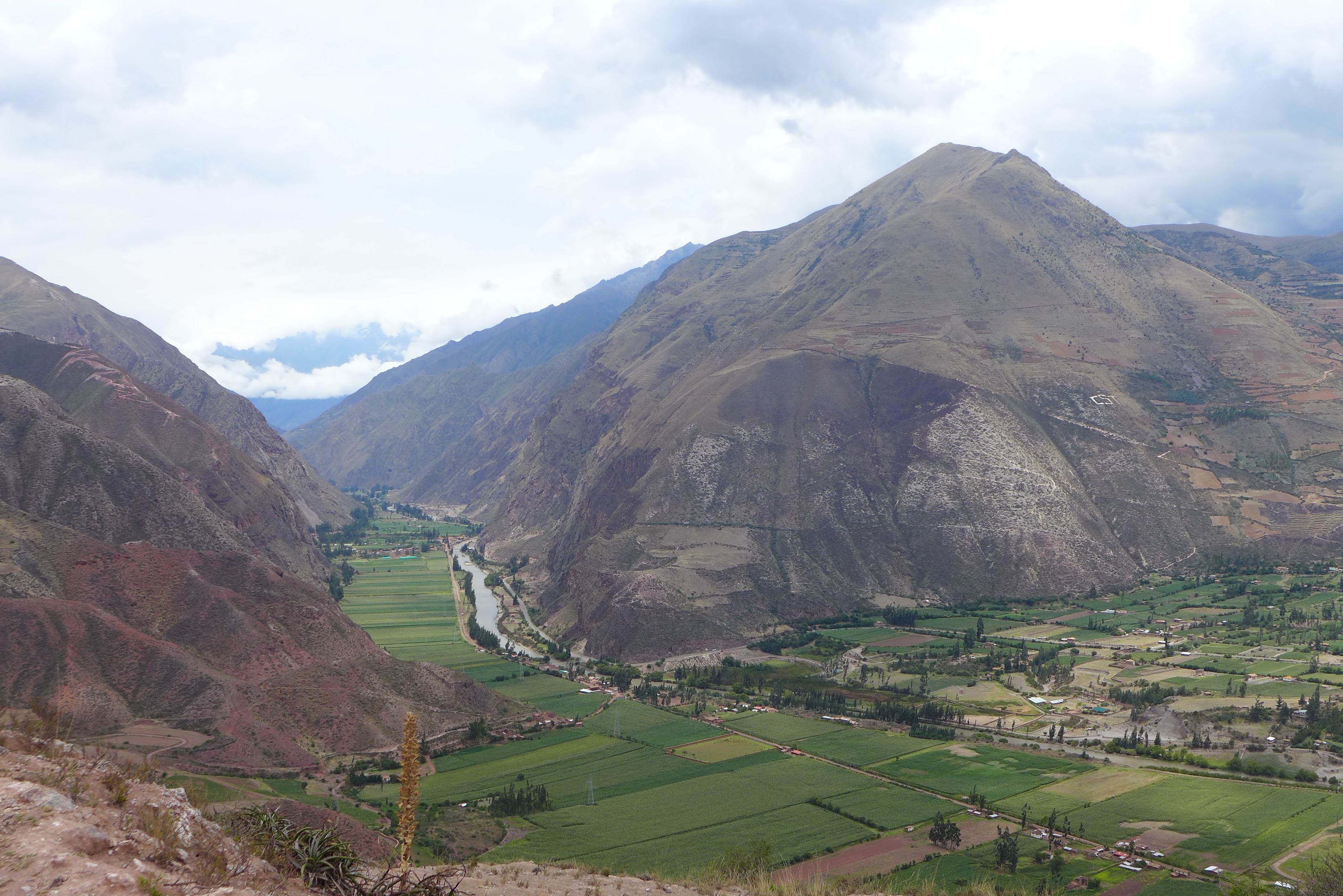







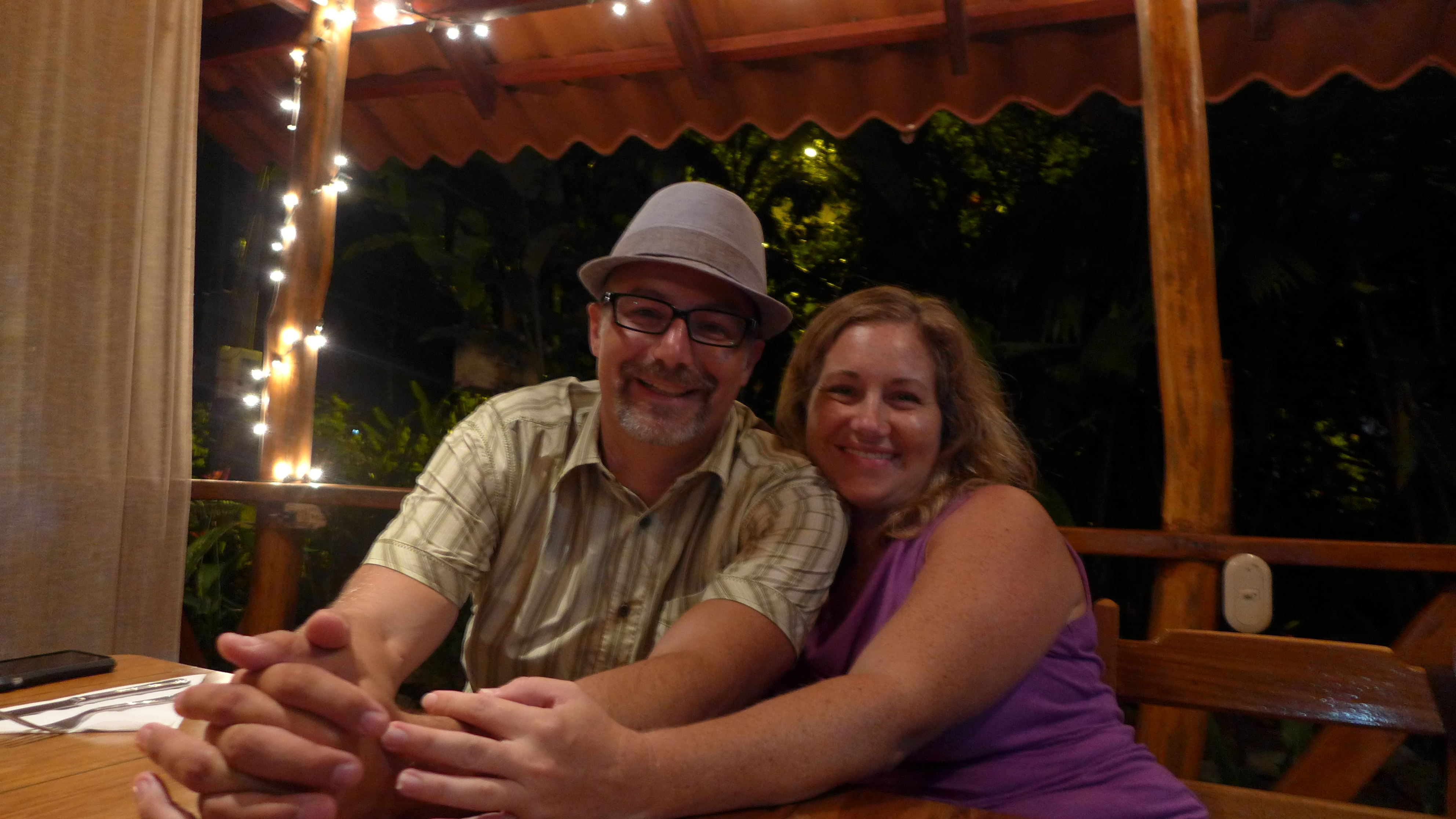
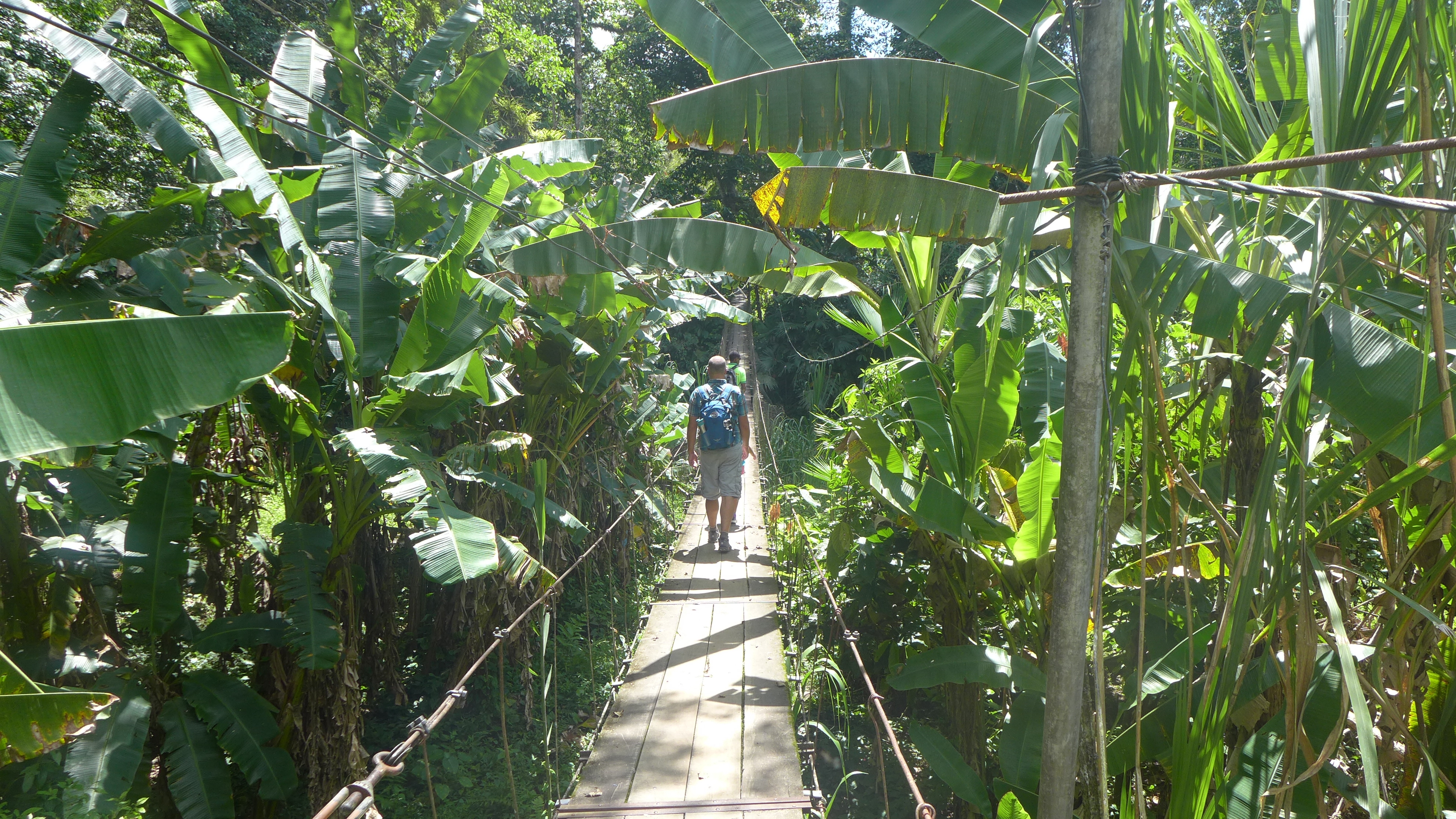



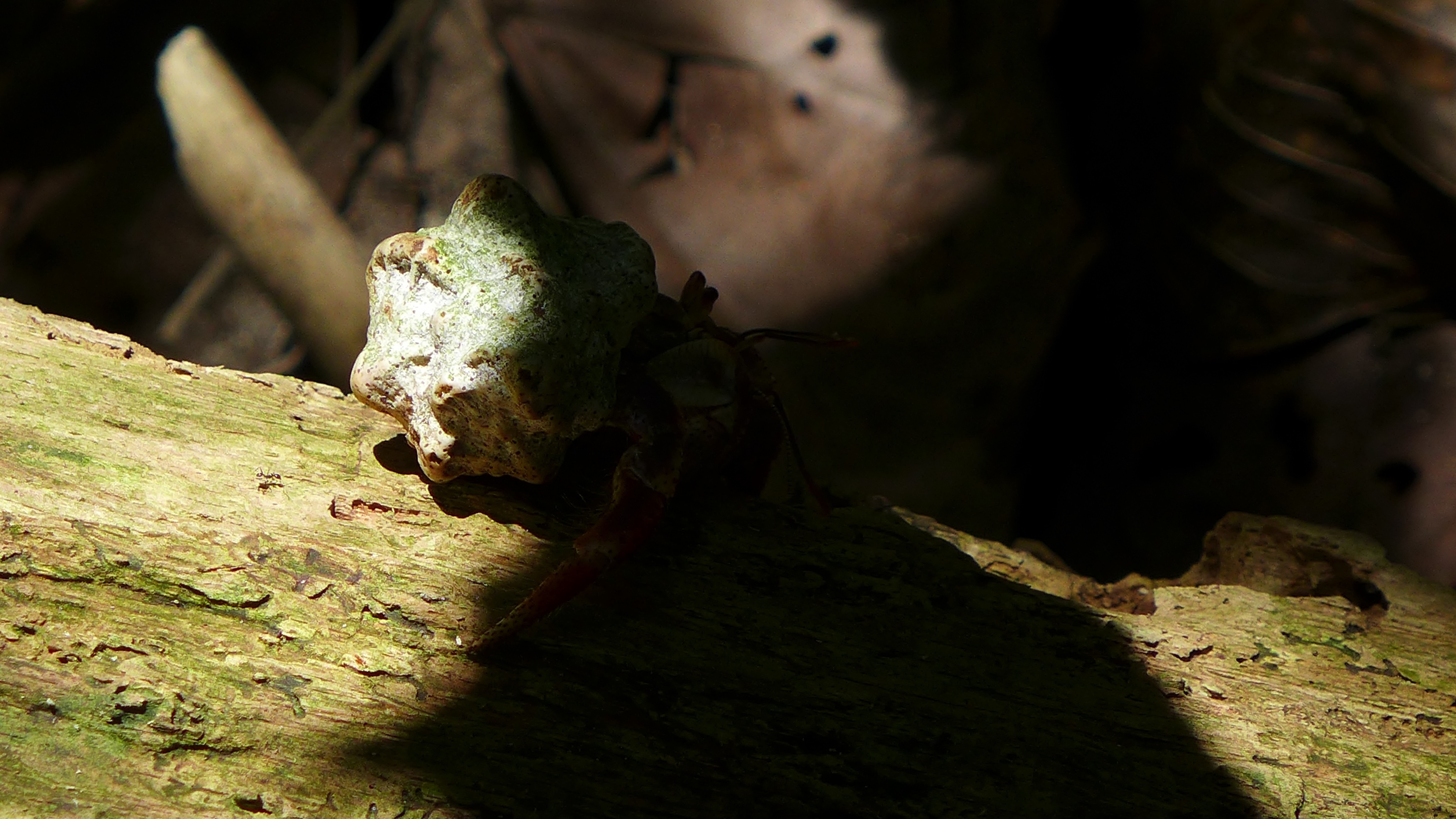




 movie while Jacob and I spend two more hours conversing and learning with Matías. Jacob is WAY ahead of me and will likely continue in some fashion for our remaining time. He is the language guy, loves learning them and practicing and is not afraid to try it out. I am a little more hesitant but am doing my best. I was so proud of myself as I successfully spoke to Anita about cleaning and asked the clerk in the market to slow down so I could understand (which I still didn’t but I asked!). Small steps.
movie while Jacob and I spend two more hours conversing and learning with Matías. Jacob is WAY ahead of me and will likely continue in some fashion for our remaining time. He is the language guy, loves learning them and practicing and is not afraid to try it out. I am a little more hesitant but am doing my best. I was so proud of myself as I successfully spoke to Anita about cleaning and asked the clerk in the market to slow down so I could understand (which I still didn’t but I asked!). Small steps.